With the world accessible in an instant these days, sometimes your local community goes by the wayside when looking for help or common interest.
A quick guide to using and personalizing Eagle configuration script files to tailor settings to your needs.
In this week's Enginursday, we'll explore how to use both cores of the ESP32, and why you might want to.
Let's check out my third design to control LEDs based on movement using an accelerometer!
Wes and I collaborated on some code to take your current Spotify album art and display it on a 64x64 LED matrix. Let's check it out!
Join us for part two of our in-depth look at testbed design at SparkFun. Here, we focus on the hardware design choices for our in-house testing tool, the Flying Jalapeno.
Join us as we give some insight into the progress made in SparkFun’s testbed design over the past eleven years, and an in-depth look at our most recent production testing tool, the Flying Jalapeno.
How to eschew the Arduino IDE for a combination of and Arduino command-line tool (Arduino CLI) and a professional code editor (Visual Studio Code).
Lumos! Here are my experiences 3D-printing a "magical" illuminated wand theatrical prop for my students' performance.
I recently figured out how to make a custom-shaped screen using an ESP32 and DMX512 over ArtNet. Let's check it out.
I needed a positionable desk lamp and I had a bin full of heads on my desk. Add in Halloween, and I can now see what I'm soldering!
Let's take a closer look at the quasi-random sequence generator for the Simon Says Trampolines project, and how a buggy first attempt was improved!
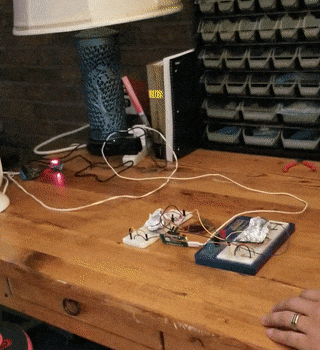
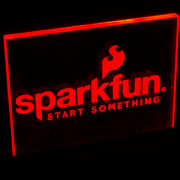
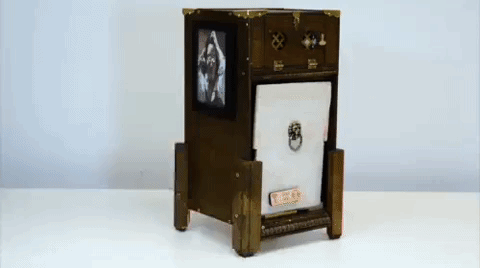

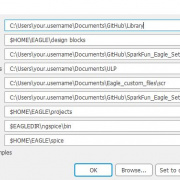


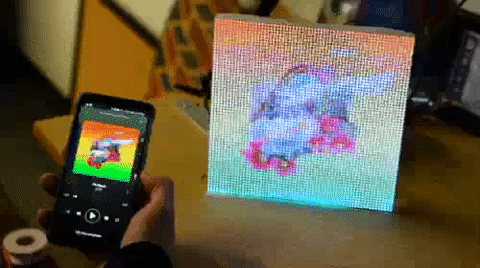
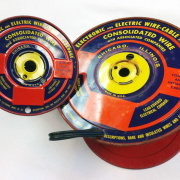
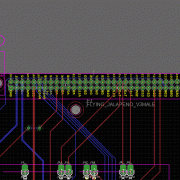
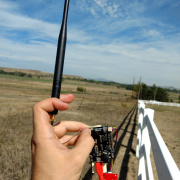

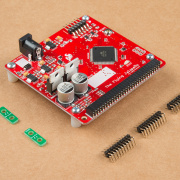
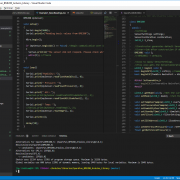


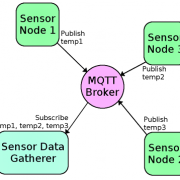


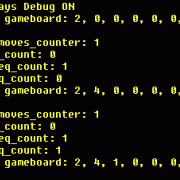
Hi, "For a full wishlist of products for this project, check it out here:" ....but I see no link to anything further. I am hoping you have…